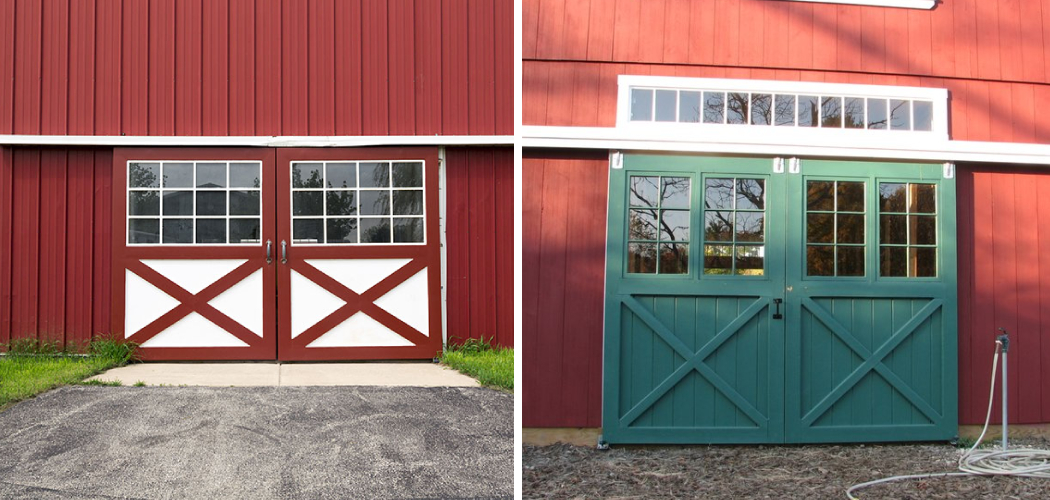Are you looking to add a touch of rustic charm to your home? Sliding barn doors offer just that and more – they are an attractive statement piece, perfect for creating a unique space. Sealing and installing them can be easy if done correctly – read on for our top tips on how to seal a sliding barn door like a pro! With the right techniques, you’ll soon have an eye-catching feature in your home that is sure to impress.
Installing a sliding barn door can be a great option! Not only are they incredibly stylish, but they’re also functional and practical. You’ll have all the beauty that comes with a vintage-inspired aesthetic while still being able to create some privacy in certain areas of your home. Learn how to seal a sliding barn door by following these simple steps!
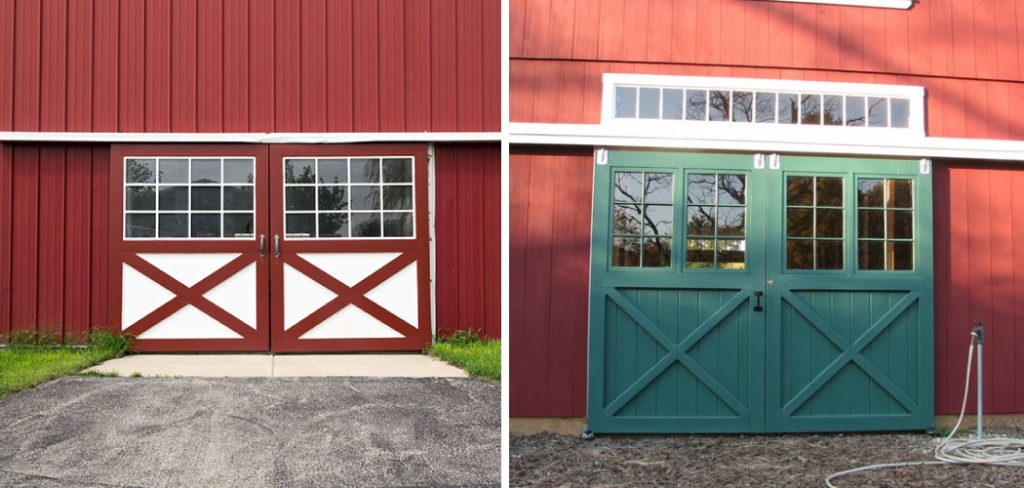
Why May You Want to Seal a Sliding Barn Door?
1 . To Reduce Noise and Smells
A common reason to seal a sliding barn door is to reduce noise and smells. This is especially important if the room that the door separates contains animals or other strong odors.
Sealing the door can help create a barrier between these two spaces. It will also help to keep out any dust, dirt, or debris from entering the space through the door. Additionally, sealing the door can help reduce noise coming in or out of the space.
2 . To Create a Better Aesthetic
In addition to providing a practical solution, sealing a sliding barn door can also create a better aesthetic for the room. Sealing the door will make it look more polished and professional, as well as help to ensure that the door is able to withstand wear and tear over time. Additionally, it can help to prevent any dirt or debris from getting into the room, as well as reduce any noise coming in or out of the space.
3 . To Increase Security
If you are looking for an increased level of security for your home or business, sealing a sliding barn door can be a great way to do so. Sealing the door can help create an extra layer of protection that will make it harder for intruders or outside forces to access your space. Additionally, sealing the door with a good-quality sealant can also help protect against water damage and other environmental factors that could otherwise damage the door over time.
How to Seal a Sliding Barn Door in 6 Easy Steps
Step 1: Gather All The Tools
The very first step is to gather all the necessary tools and materials for the job, which include a drill or screwdriver, a measuring tape, wood screws, sealant strips, and weatherproofing caulk. All of these items should be available at your local hardware store. Make sure that you have enough material to cover the entire door frame.
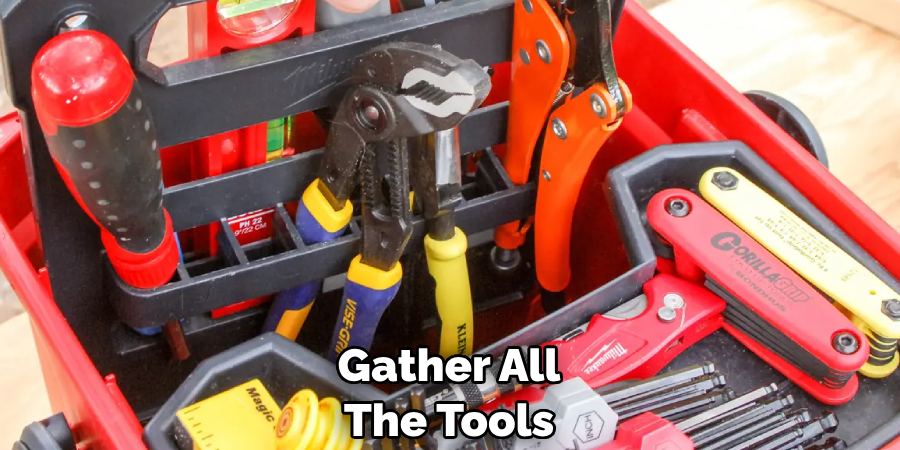
Step 2: Measure The Door Frame
Next, measure the length and width of the door frame to ensure that you purchase a sealant strip that fits. Do not forget to also measure any gaps between the walls and the door frame carefully. This will help you make sure that there are no gaps or openings in your sealing job.
Step 3: Cut The Sealant Strip To Size
When you’re done measuring, cut the sealant strip to size using a sharp knife or scissors. Make sure that the strips fit snugly on all sides of the door frame, and go ahead and apply it in position with either nails or screws.
Step 4: Seal The Gaps
Using a caulking gun, fill in any gaps between the sealant strips and the walls with a weatherproofing caulk. Make sure that you apply an even layer of caulk all around the door frame, paying special attention to any corners or crevices that may have been missed.
Step 5: Secure The Sealant In Place
Once you’re done caulking, use wood screws to secure the sealant in place. Make sure that you drive the screw heads in deep enough so that they won’t come loose over time.
Step 6: Test The Seal
Once every part of the door frame is sealed, it’s important to test the seal before you call it a job well done. Open and close your barn door a few times to make sure that the sealant stays firmly in place. If it moves, you may need to reapply some of the sealant or caulk.
Some Additional Tips to Seal a Sliding Barn Door
1 . Seal The Sides
When sealing a sliding barn door, it is important to pay special attention to the sides of the door frame. Make sure that you apply caulking along the side of the frame as well as around any other gaps or crevices.
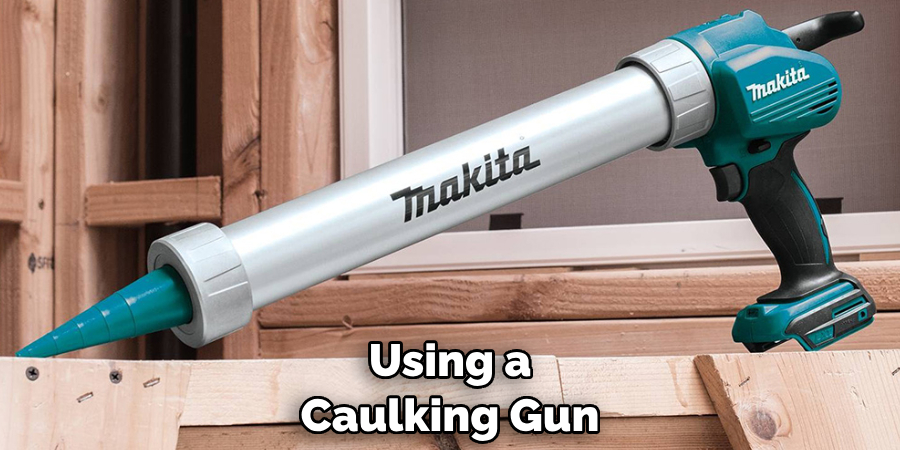
2 . Use High-Quality Materials
It is always important to use high-quality materials when sealing a sliding barn door. Make sure that you purchase sealant strips and caulk from a reputable hardware store, as this will ensure that your seal lasts for years to come.
3 . Consider Weatherproofing
If your barn door is located in an area with extreme temperatures or strong winds, it may be wise to consider weatherproofing the seal. This can be done by applying a few extra layers of sealant or caulk, as well as adding weatherstripping to the sides and top of the door frame.
4 . Consider an Overhead Seal
If your sliding barn door is located in a particularly wet or windy area, it may be worth considering adding an overhead seal. This will provide extra protection against the elements by sealing any gaps around the top of the door frame.
Following these simple steps will help ensure that your sliding barn door is properly sealed and protected from the elements. With a little bit of time and effort, you should have no problem keeping your barn door secure and looking great for years to come. Good luck!
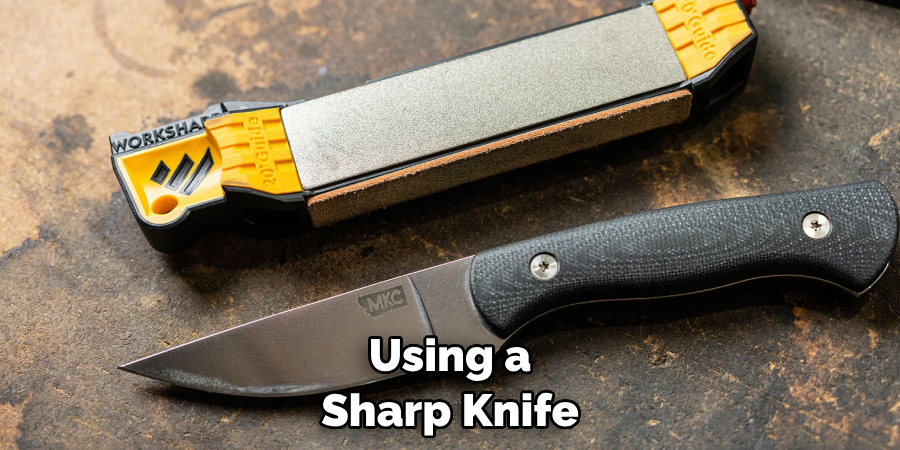
Frequently Asked Questions
What Precautions Should I Take When Sealing A Barn Door?
Make sure the door is thoroughly clean and free of any dirt or dust that may interfere with a good seal. Apply weatherproofing material evenly and carefully to ensure maximum durability. Inspect the area around the door and apply weatherproofing material in those areas as well. Seal any cracks between doors and jambs or between the jambs and the wall.
Make sure to check for any gaps around window frames, vents, etc. Once you are done sealing your door, inspect it regularly to ensure that the seal is still in good condition. This will help keep out drafts and moisture and make sure your barn door remains sealed for years to come!
What Are Some Tips For Sealing A Barn Door?
Start by making sure the door is securely closed before applying any weatherproofing material. Apply the sealant in a consistent manner, using long strokes to cover even more surface area. Make sure you do not leave gaps between frames and jambs or between doors and walls.
If there are any cracks or gaps that cannot be filled with sealant, use caulk or foam to fill them in. Once the sealant has been applied, inspect it regularly to make sure it is still in good condition and not cracking or wearing away.
What Materials Should I Use To Seal A Barn Door?
A variety of materials can be used to weatherproof a barn door, including latex-based coatings, asphalt-based sealants, and silicone-based materials. Each material has different advantages that will depend on the conditions of your barn door and its location.
For general use, a latex-based coating is typically recommended as it offers good weatherproofing properties without requiring frequent touchups or replacement. Asphalt-based sealants are more durable but require more maintenance over time. Silicone-based sealants are also durable and can provide a watertight seal, but they tend to be more expensive than other options.
How Do I Maintain A Sealed Barn Door?
Regular inspection of your barn door is important for ensuring that the seal remains in good condition. Check for cracks or gaps that may have developed and repair them as soon as possible.
Inspect the weatherproofing material to make sure it is still performing well and not cracking or wearing away over time. Make sure to reapply sealant to areas that may need it if necessary. With proper care, your barn door should remain securely sealed for years to come!
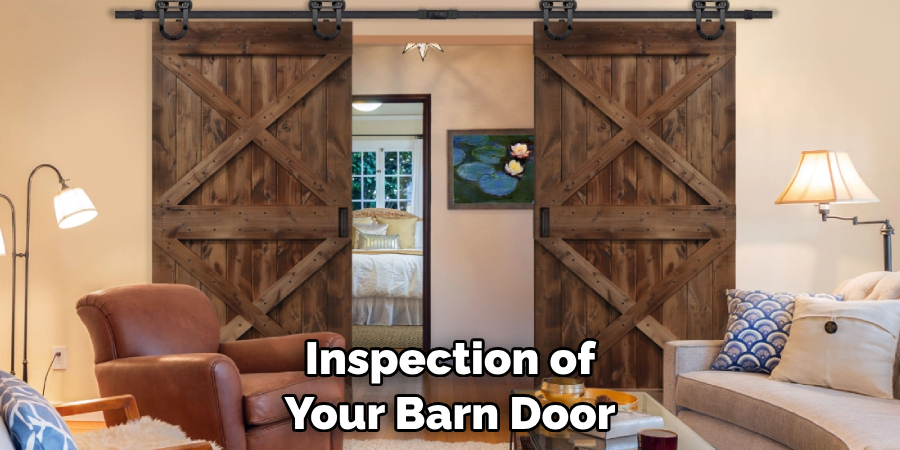
What Are Some Common Issues With Sealing A Barn Door?
The most common issue that arises when sealing a barn door is inadequate weatherproofing. If not applied correctly, the sealant or caulk will not provide the necessary protection against wind and rain. Gaps between frames and jambs may also cause air infiltration which can lead to drafts and increased energy costs.
Improperly sealed windows and vents can also lead to moisture build-up inside the barn, which can cause mold or rot. Lastly, improper maintenance of the sealant can result in cracks or gaps that could allow air infiltration. With proper care and attention, these common issues can be avoided and your barn door will remain securely sealed for years to come!
What Is The Best Weatherproofing Material For My Barn Door?
The best weatherproofing material for your barn door will depend on the conditions of your space and how often you plan to maintain it. Latex-based coatings are generally good for basic use but require frequent touchups or replacement if exposed to extreme temperatures or strong winds. Asphalt-based sealants are more durable but require more maintenance over time.
Silicone-based sealants are also durable and can provide a watertight seal, but they tend to be more expensive than other options. Ultimately, the best weatherproofing material for your barn door will depend on your individual needs and preferences.
Is It Necessary To Seal Every Part Of My Barn Door?
Yes, it is important to seal all parts of your barn door in order to ensure a good seal. Make sure to apply weatherproofing material evenly and carefully, paying attention to joints between frames, jambs, and doors as well as other areas such as windows or vents.
Also, consider adding an overhead seal if your barn door is located in a particularly wet or windy area. With proper care and attention, you should have no problem keeping your barn door secure and looking great for years to come!
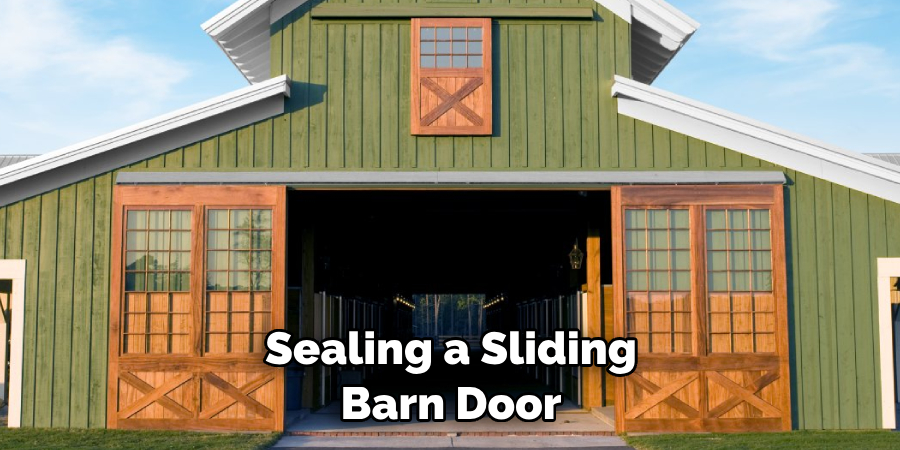
Conclusion
In conclusion, sealing a sliding barn door is an easy process that anyone can do with the right materials and instructions. With the guidance provided in this article, now you have all the tools necessary to create an airtight seal that won’t leak any humidity. Furthermore, by completing this home improvement project, you’ve essentially improved your house’s overall values!
Now you know how to seal a sliding barn door! Keep in mind that although sealing your barn door should be relatively simple, it’s always best to consult a professional if you have any serious questions or concerns. Make sure not to forget about regular upkeep as well—replace any broken parts or caulking when necessary.
Investing time into taking care of and maintaining your door will ensure lasting longevity. Now go forth and seal those barn doors with confidence!
